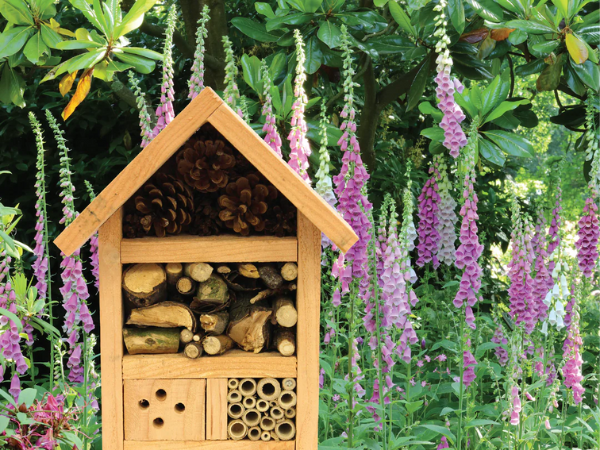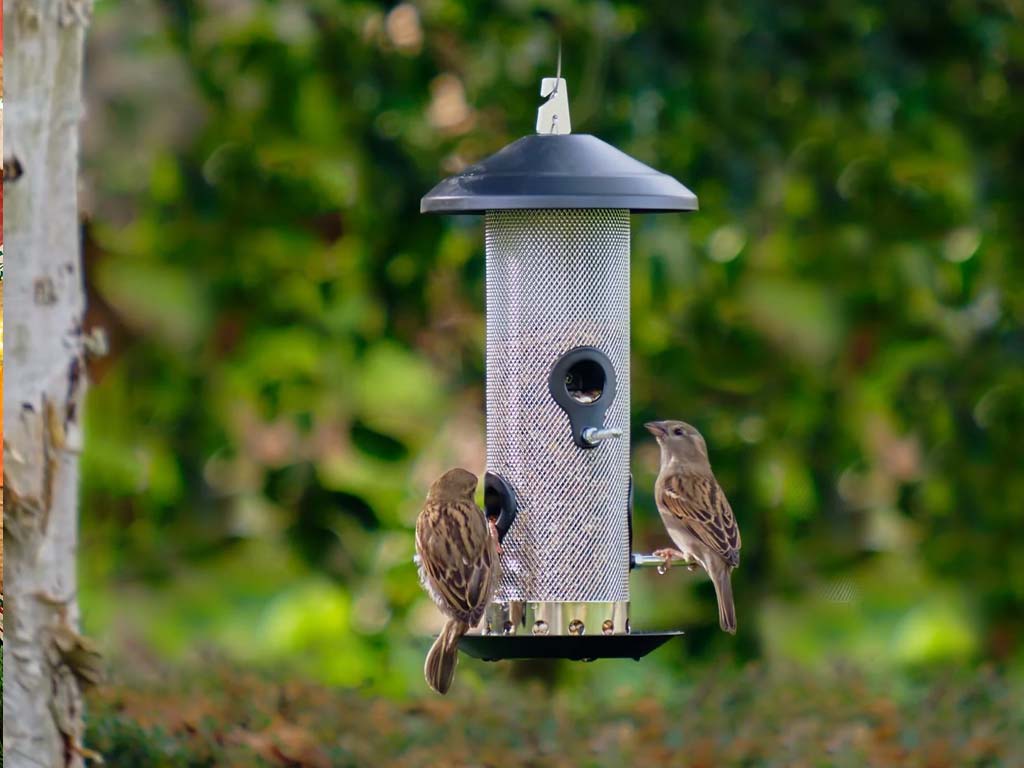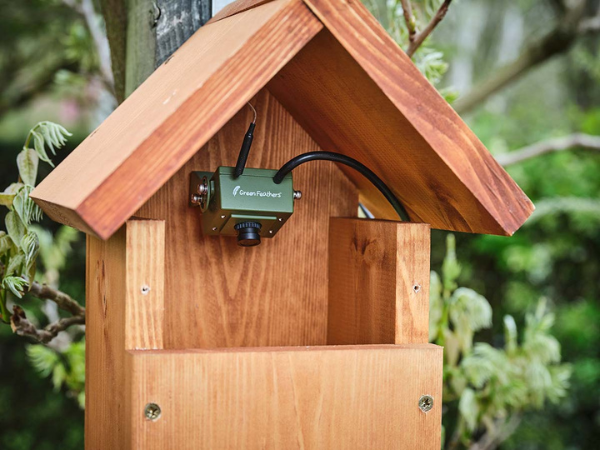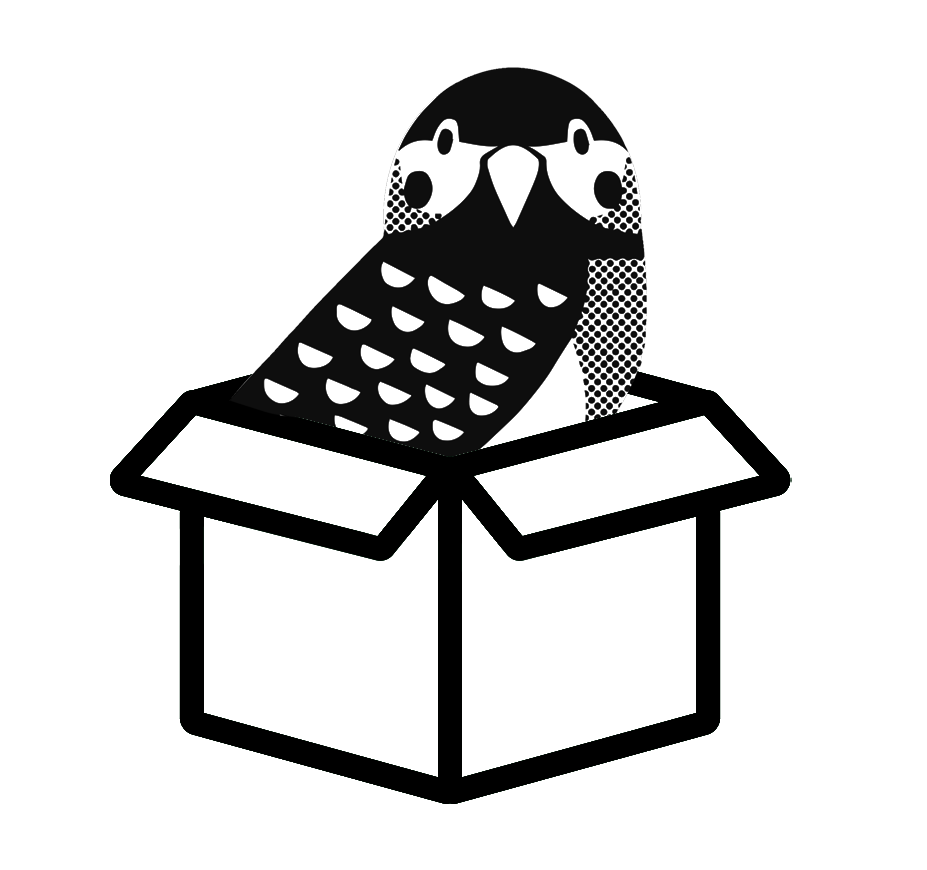In this blog post series, we will be looking at a different bird every month to learn a little bit more about the birds we see in our gardens. In this second instalment, we will be looking at the Robin. To catch up on last month's post, learn more about the Blue Tit.

Robin - Erithacus Rubecula
Average size
The robin is approximately 14 cm long, with a wingspan of 20-22cm. They can weigh anything from 14 to 21g.
Average Lifespan
1.1 years.

How to spot them
The Robin is one of the most recognisable birds with its bright red chest. Male and Females are identical, however juvenile robins look quite different. They are spotted brown with no red chest. Listen to their call below:
What to feed them
Robins enjoy insects and worms. However, you can attract Robins to your bird table using mealworms, fruit, seeds, suet, crushed peanuts, sunflower hearts, raisins.

Robins pair only for the duration of breeding season usually in March.
They nest on or near the ground in places such as tree roots, and piles of logs. Their desired nestbox is an open-fronted one as opposed to a hole like tits. These should be placed in a hidden location such as in amongst vegetation.
On average 4-6 little blue eggs are laid, one per day and usually early in the morning. Robins are easily spooked during nesting season and can abandon the nest if they fear it has been discovered. It is advised to stay well away from the nest and keeping children and pets away too.
The incubation period is approximately 13 days. During which, both parents feed and protect their chicks.

Robins fledge at approximately 14 days and continue to be cared for by their parents for another 3 weeks, learning the ways of the world. This task is usually undertaken by the male as the female prepares to nest again. The female has two broods a year, though as many as four have been recorded.
Fun Fact
The robin was declared Britain’s National Bird on December 15th, 1960.
Can you help them?
Robins struggle to source enough food during harsh winters to survive. Topping up your bird feeders with healthy fats like suet balls, peanuts, and mealworms will provide the Robin with fat reserves and the energy it needs to survive the winter.


























I love the European Robin, but when I remember my trip to to England I remember the Swans which we enjoyed so much.
I love the European Robin, but when I remember my trip to to England I remember the Swans which we enjoyed so much.